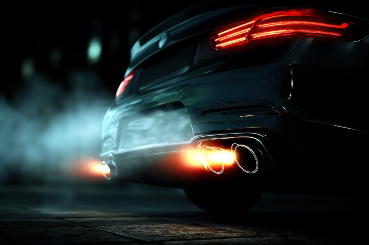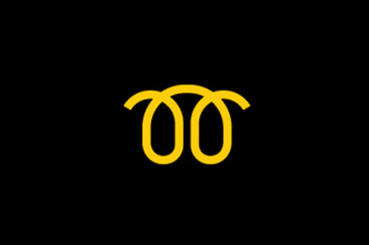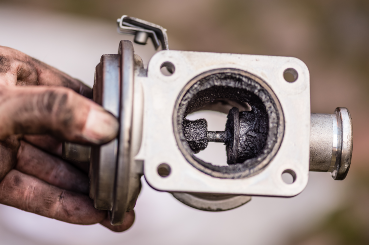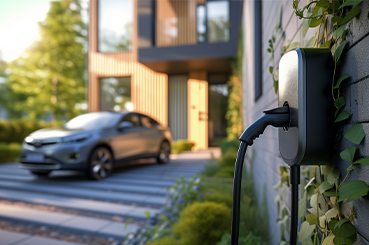The brake warning light coming on in your car is something that should never be ignored. Your brakes are arguably your car’s most important feature and to neglect them is likely to result in an accident and serious injury, if not worse.
If your brake system warning light becomes illuminated, it’s important that you pay attention to it and take the appropriate steps.
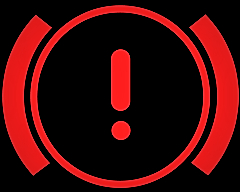
What causes the brake warning light to become illuminated?
When you start your car, it performs a bulb check. All of the bulbs are illuminated on your car’s dashboard. As each bulb passes its test, it’s turned out. If the brake warning light, or any other light for that matter, remains on, it’s indicating that there’s a potential problem that requires attention.
The most likely cause of the brake warning light is that the brake fluid level has got a little low. You should stop when it’s safe to do so, consult your owner’s manual to locate the brake fluid reservoir and top it up with the correct brake fluid. This should result in the brake warning light going out.
If the brake system warning light remains on, it could be that there’s a brake fluid leak. Whilst you’re parked in a safe place, press down firmly on the brake pedal. If you find that the pedal sinks slowly to the floor, it could point to a leak. Have a look under your car for any pools of yellowish liquid. If you see some then you have a leak.
If after checking for leaks the brake warning light remains on, it may indicate an issue with your brake pads. If your brake pads have become significantly worn, this may trigger the light. Some cars do have a separate warning light for worn brake pads, which looks like this.
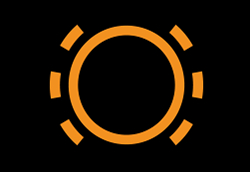
What should you do when the brake warning light comes on?
Given that it is indicating a potentially serious defect with your car’s braking system, the first thing you should do is look to park your car in a safe place.
At this time you don’t know exactly how serious the issue is, so it is extremely important that you drive with extra care and attention, as safety is of paramount concern.
So, if your brake system warning light comes on:
1. Park your car in a safe place.
2. Check your brake fluid level. If it’s low, top it up with the correct brake fluid (check your owner’s manual)
3. Whilst parked, press firmly down on your brake pedal. If it sinks slowly to the floor, you may have a brake fluid leak.
4. Check under the car for any pools of yellowish fluid. If you see a leak, do not drive any further. Call your local garage for recovery.
5. Check that your handbrake is fully released.
6. Check to see if your brake lights are working properly and haven’t burned out.
7. If you still cannot diagnose the problem, do not drive any further. Contact your local garage or breakdown service for recovery and have your car checked by a professional technician.
It’s important to remember that the brake warning light is telling you that there’s an issue with your car’s brakes. If the light becomes illuminated on your dashboard, do not ignore it. Perform the simple checks you can do by the side of the road or, more importantly, have your car checked at your local garage. If winter is approaching, you can book your car in for a winter health check at any Stoneacre service centre for a professional assessment of your car brakes.
Find out more about other dashboard lights by reading Dashboard Warning Lights Explained.





